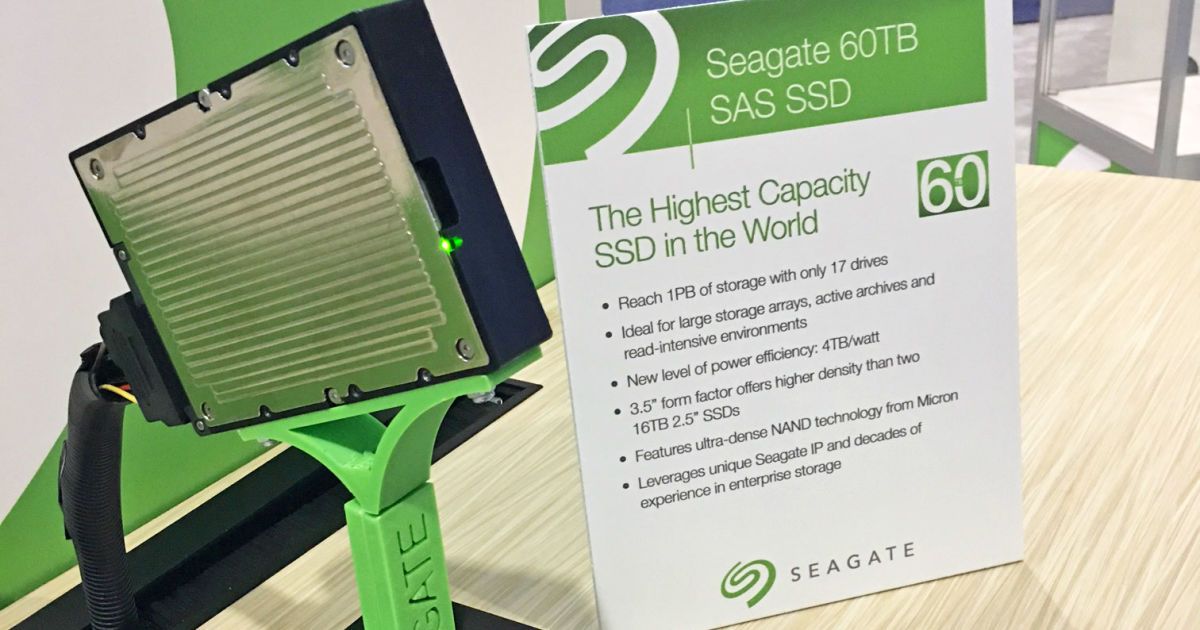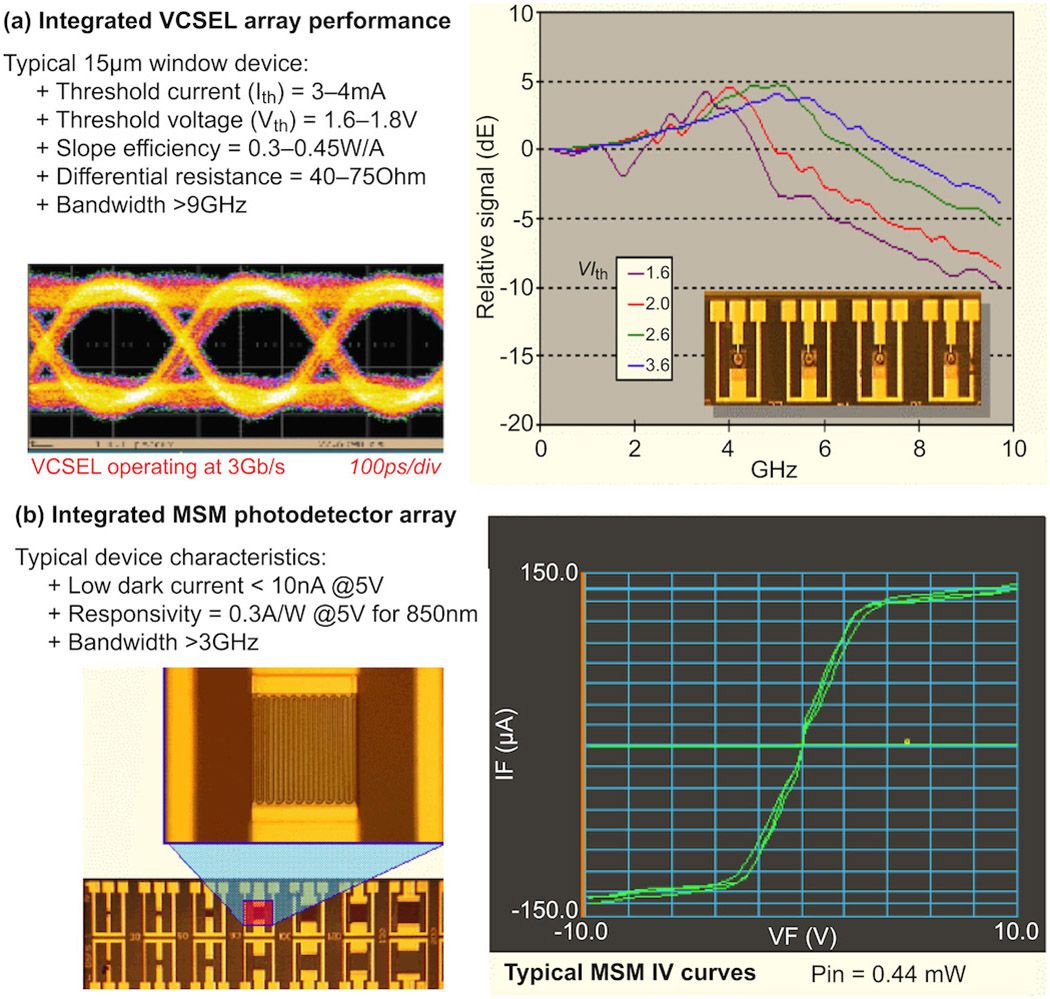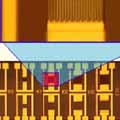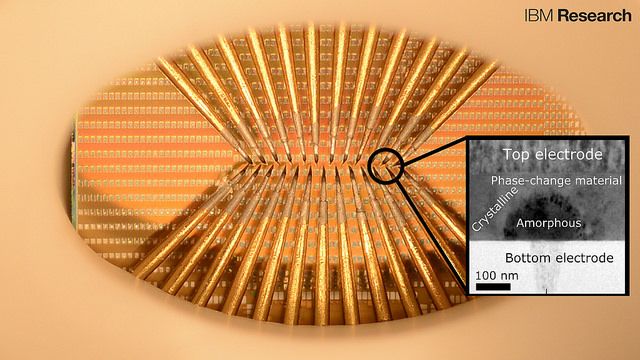Seagate has just announced a whopping 60 TB solid-state-drive, the largest SSD yet with that sort of capacity. Unfortunately, the SSD is only meant for businesses, released as an addition to Seagate’s data center portfolio. With four times the capacity of the next leading SSD, this massive hard drive could hold up to 12,000 DVD movies or even a whopping 400 million photos. Just sit back and think about how ridiculous an amount of data that really is.
The drive was created with quick accessibility in mind, and its flexibile artchitecture means it’ll be simple for data centers to grow from 60TB to accommodate 100TB or more of data in the future, all using the same form factor.
The 60TB SAS SSD is only available right now for demonstration, though it will officially make its debut some time in 2017. Unfortunately, we don’t yet know exactly what the drive itself will look like, though given the fact that it’s just a SSD, I can’t imagine it’ll look especially wild.









